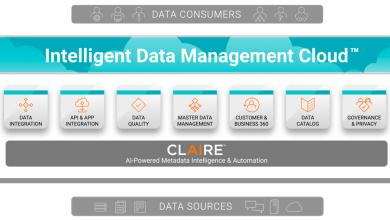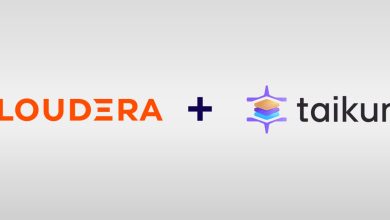
Since the inception of Covid-19, the corporate sector has witnessed a tremendous adoption of cloud services. With the physical world turning into a virtual one, cloud solutions have proved to be a dream come true for organisations to replace the complications associated with the on-premises environment with immense flexibility, scalability, security, and much more prevalent in the cloud.
Of multiple cloud computing models, the hybrid setup has emerged as the most widespread solution, assuring an interconnected infrastructure to access and use the applications and workloads stored on both the private and public clouds. In simple words, the hybrid model provides—as the phrase goes—the best of both worlds. However, even the hybrid cloud is not free of challenges. Among the variety of issues persistent in the hybrid setting, one of the most troublesome is handling application portfolios stretched across different architectures, building new apps and scaling up the existing ones.
Amid such concerns, organisations look for a suitable container platform to make their hybrid world application friendly. One such platform is Red Hat OpenShift, a turnkey application platform built on the de facto container orchestration project Kubernetes. OpenShift delivers a consistent experience for developers and operators when it comes to running your workloads – from deploying to running, managing, securing, and innovating apps in any environment, including hybrid cloud, with utmost flexibility, ease, and scalability. Built on the Red Hat Enterprise Linux foundation, OpenShift doesn’t just support critical AI/ML, cloud-native java applications, virtualisation, databases, and other workloads but also provides the developer and operational management tooling to deliver a consistent hybrid cloud experience while reducing workload complexities.

Building and Scaling Apps with Red Hat OpenShift:
Build and Deliver Faster: Applications deploy in minutes and scale up and down as per the needs across the clouds. This allows organisations to focus solely on innovation rather than managing the underlying infrastructure.
Less Complexity, More Reliability: Red Hat OpenShift is built to simplify the deployment and management of a hybrid infrastructure. You have the flexibility to choose between a self-managed or fully managed service, running on-prem or in cloud and hybrid environments. With Red Hat OpenShift managed cloud services, for instance, you are supported 24×7 by an industry-leading Site Reliability Engineering (SRE) team specialising in the performance, security, and reliability of the platform. In addition, businesses can further reduce their risk with a 99.95% uptime Service Level Agreement.
Automation: Maintenance of managed OpenShift cloud services platform is simplified with automated platform upgrades and push button patching. In addition, OpenShift leverages the Kubernetes Operator framework to streamline the installation and life cycle management of apps to ensure the applications operate at the optimum level. Furthermore, with the recent integration between the Red Hat Ansible Automation platform and OpenShift, the former tool can be used to automate inside and outside Kubernetes clusters.
Expanded Partner Ecosystem: Due to Red Hat’s partnership with over 150 certified hardware and software vendors like Portworx, DellEMC, IBM, and many more, these third-party offerings integrate into and extend the OpenShift container platform. These collaborations, for example, provide additional storage, integrated development environment (IDE), ISV solutions, and much more, further boosting flexibility and use cases across hybrid cloud environments. For instance, Red Hat’s ecosystem offers enhancements like IBM Watson Studio that augments the creation and management of AI models.
Hybrid Cloud Flexibility: Whether it be running on AWS or Microsoft Azure, with Red Hat OpenShift, enterprises experience a scalable and consistent experience across the major cloud providers. This further diversifies your options since it allows choosing the cloud services consistent with organisational needs.
Security: OpenShift provides a broad set security measures and best practices. With the recent integration of StackRox, a well-established Kubernetes-native security provider (now known as Red Hat Advanced Cluster Security), Red Hat OpenShift can now be considered a complete platform to build, deploy and run applications across hybrid environments with security built in across the app lifecycle. This means you can solidify your cloud applications with modern encryption, authentication, role based access control and more.

Leverage all these and a lot more to scale up and enhance the functionalities of your applications and overall hybrid cloud experience with the industry-leading, turnkey application platform. Whether you want to migrate your existing apps to the cloud or build net new cloud native apps, Red Hat OpenShift has all your building and scaling concerns covered.
Click here to find out more.





